Wilderness Reserve, Suffolk: A country estate where creative restoration is hitting new heights
The ambitious restoration of a Tudor long barn in Suffolk demonstrates the possibilities of artistry, craft and collaboration. Giles Kime takes a closer look at Wilderness Reserve in Suffolk.
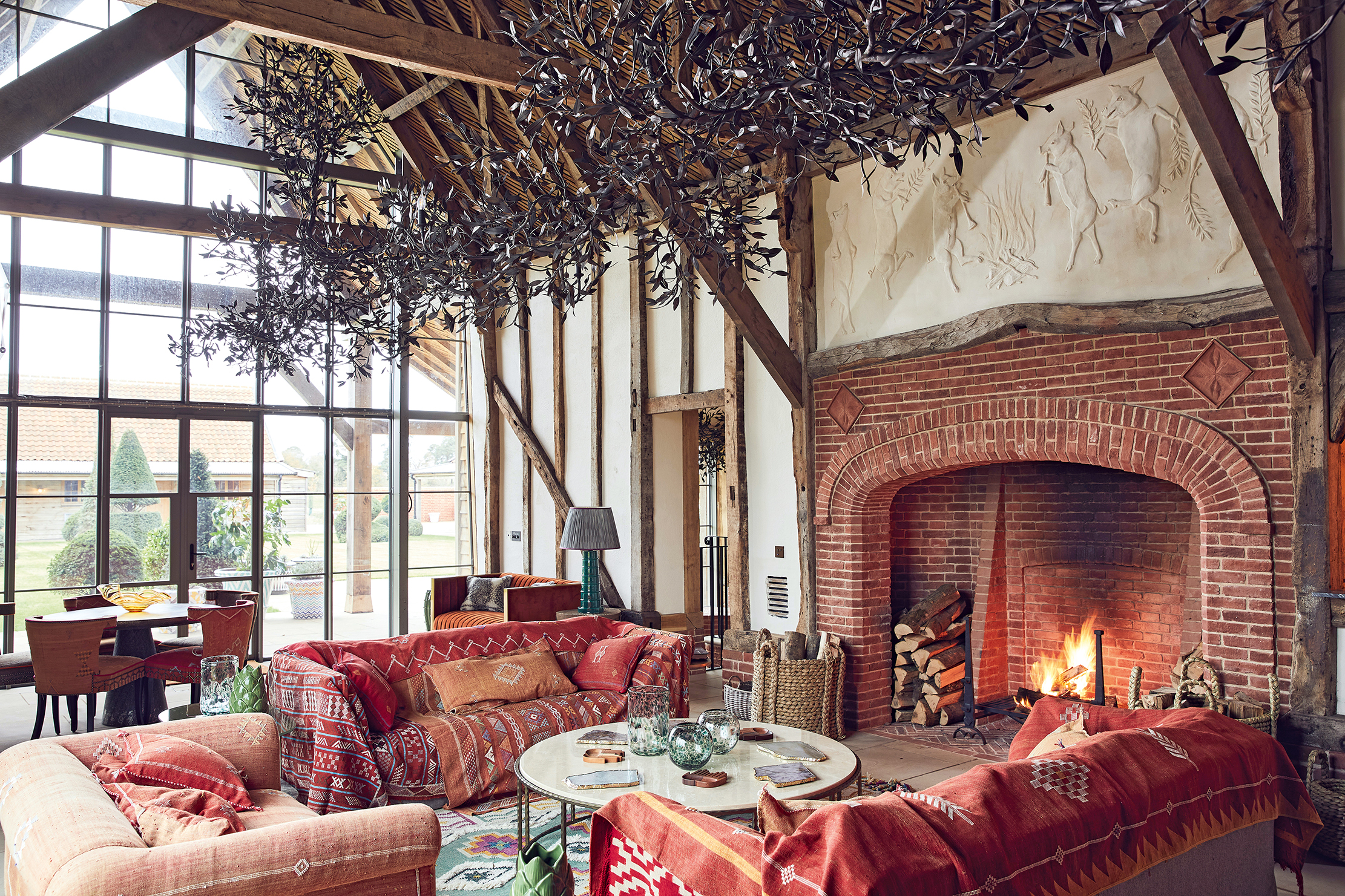

What is the future for country estates? To be set in the thickest, most gelatinous aspic? Or something more fluid and constantly evolving? Over the centuries, they have been in a constant state of flux, with Chatsworth, in particular, a shining beacon to the exciting possibilities of not allowing time to stand still. Centuries after the Derbyshire house was first built, it still fizzes with the same creative energy required to build it.
At the Chapel Barn estate, the latest addition to the Wilderness Reserve in Suffolk, the focus has been on the highly creative restoration of cottages and farm buildings. Not only have Moat Cottage, The Grange and the Cider House been brought back to life with a structural integrity that they would never have enjoyed when built, but they have also been lent a pared-back aesthetic that couldn’t be further from cottagey pastiche.
The quality of the craftsmanship — from the oak, hewn with extraordinary precision, to the pargeting (an East Anglian speciality) and the decorative brickwork — puts them in a class of their own. There is also a focus on the landscape, from designs that the 18th-century Capability Brown conceived, but never implemented, to interventions by current landscape architect Kim Wilkie.
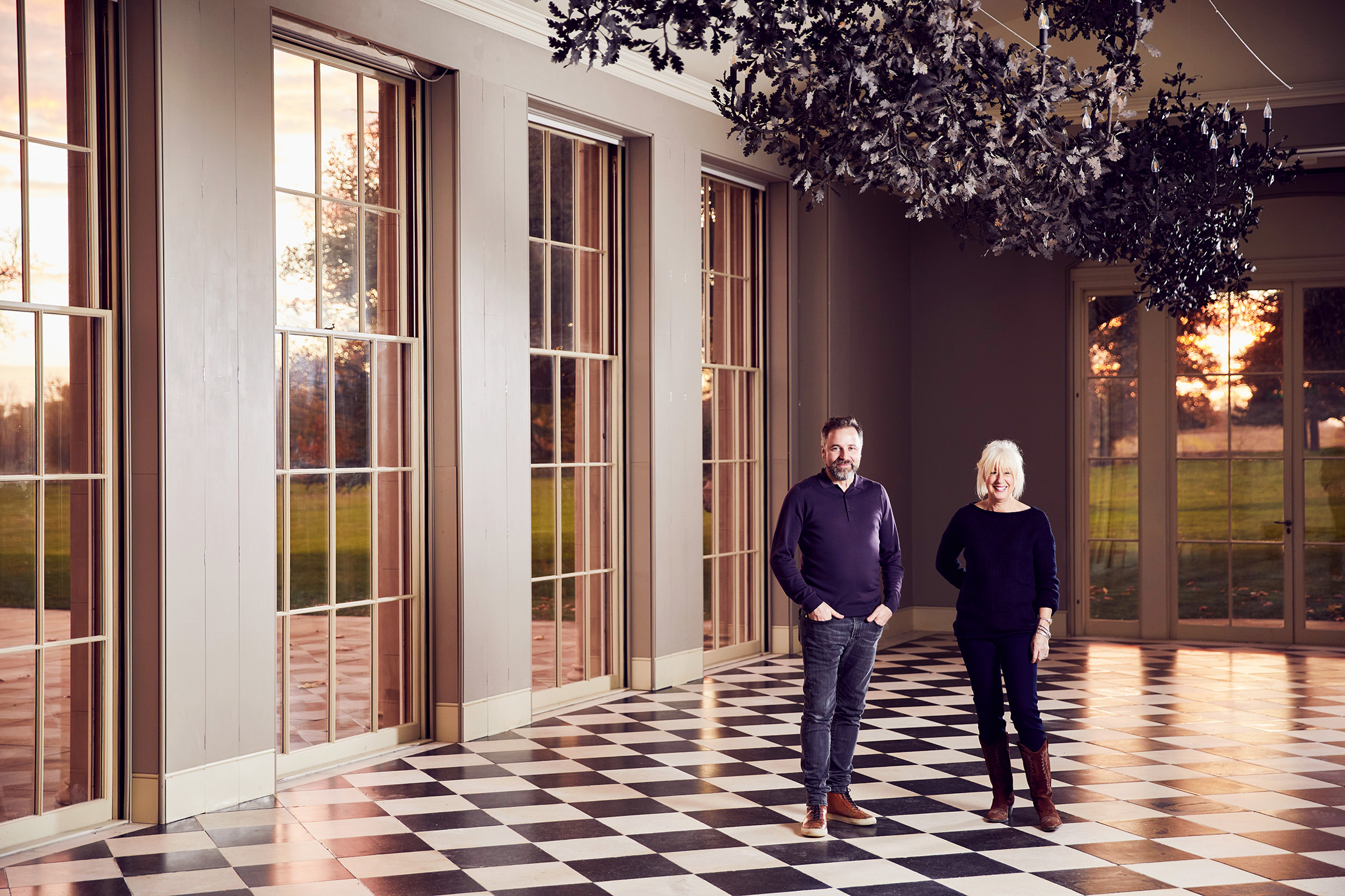
The houses are a testament to the benefits of skilled craftspeople, many of whom, in the venerable tradition of the great country estate, are on the payroll. Some have been employed there for more than two decades, allowing them to add depth and breadth to their skillset — and also to innovate. They are complemented by contractors who have collaborated with the estate’s owners over a number of years.
One of these external collaborators is Chris Cox of Cox London, a company that creates extraordinary lighting and furniture, mostly in exquisite metalwork, which he founded with his wife, Nicola. Both trained as sculptors and now lead a team of 30 craftspeople who successfully fuse artistry and artisanal skill. Their relationship with the Wilderness started when the interior-design practice Shapes by Lolo asked the pair to conceive a design for a newly constructed orangery at Sibton Park, also on the estate, which would make a simple, but striking statement within a monochrome setting.
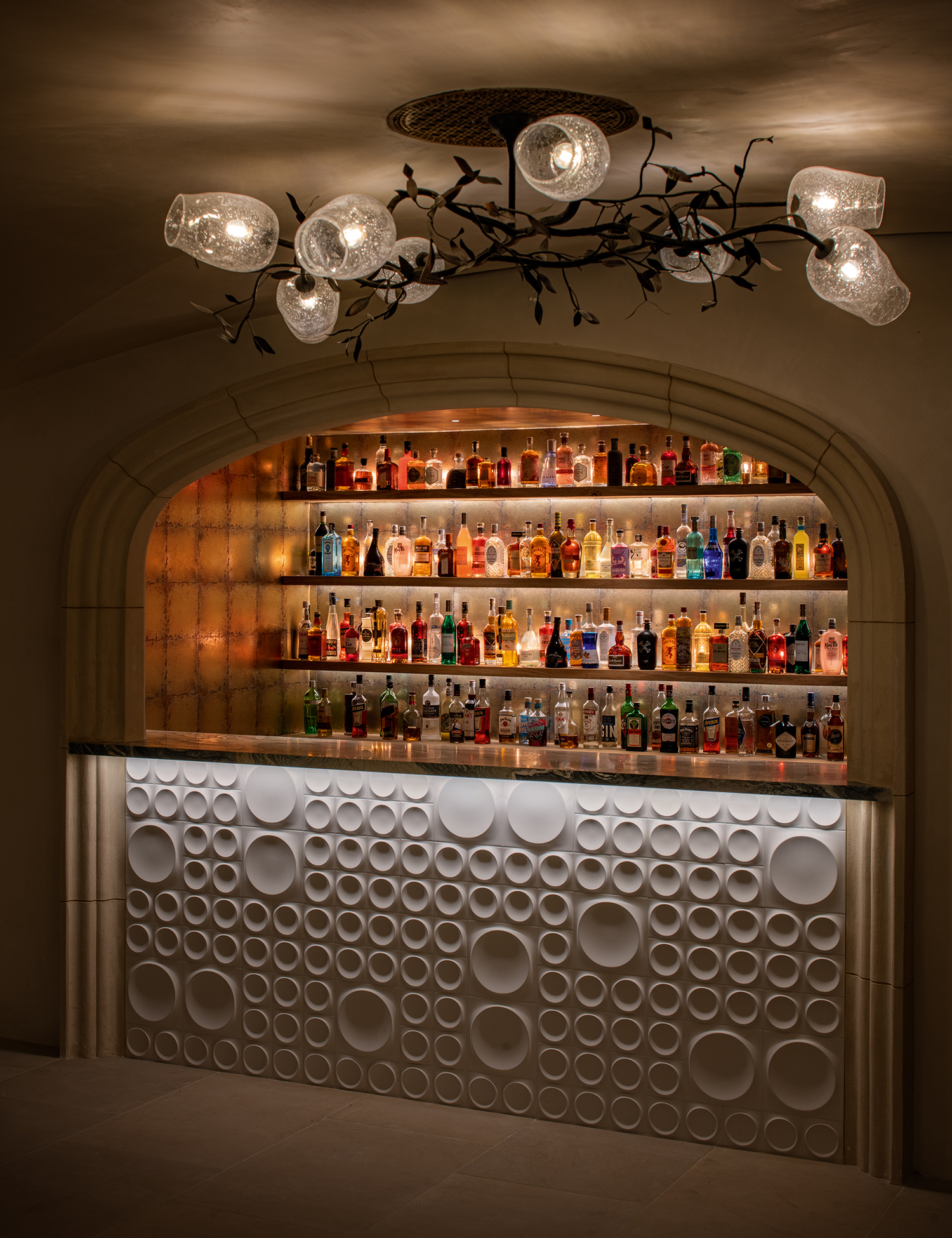
The initial idea they devised was to celebrate the oak tree, a feature of both the local landscape and the construction of the many restored cottages and agricultural buildings. Mighty oaks grew from this particular acorn, first as a sketch and then as a series of more resolved designs.
Mr Cox says that the joy of this type of project, where he works so closely with the client, is the ‘luxury of time’ and also the recognition that the project offered an opportunity to inject wit and fun into a classic setting. It proved to be an ambitious undertaking, which required a chandelier that spans the entire 35ft of the four bays created by the roof.
Sign up for the Country Life Newsletter
Exquisite houses, the beauty of Nature, and how to get the most from your life, straight to your inbox.
The collaboration continued with work at nearby Heveningham Hall, designed by Sir Robert Taylor in 1778, with additions and interiors by James Wyatt, before returning to Wilderness. Here, the relationship between Cox London and Shapes by Lolo has borne more fruit, this time in the form of the olives suspended in the roof of the Suffolk long barn at the heart of the Tudor farm settlement, set on a pilgrimage route between Dunwich and Bury St Edmunds. At 45ft long, the chandelier comprises a total of 15,000 tiny olive branches forged from bronze.
The latest iteration in a painstaking programme of restoration is another project that has benefited from unleashing the possibilities of traditional craftsmanship with both creativity and whimsy: a space that is dominated by a large stained-glass window by Dorset-based painter and stained-glass artist Thomas Denny.
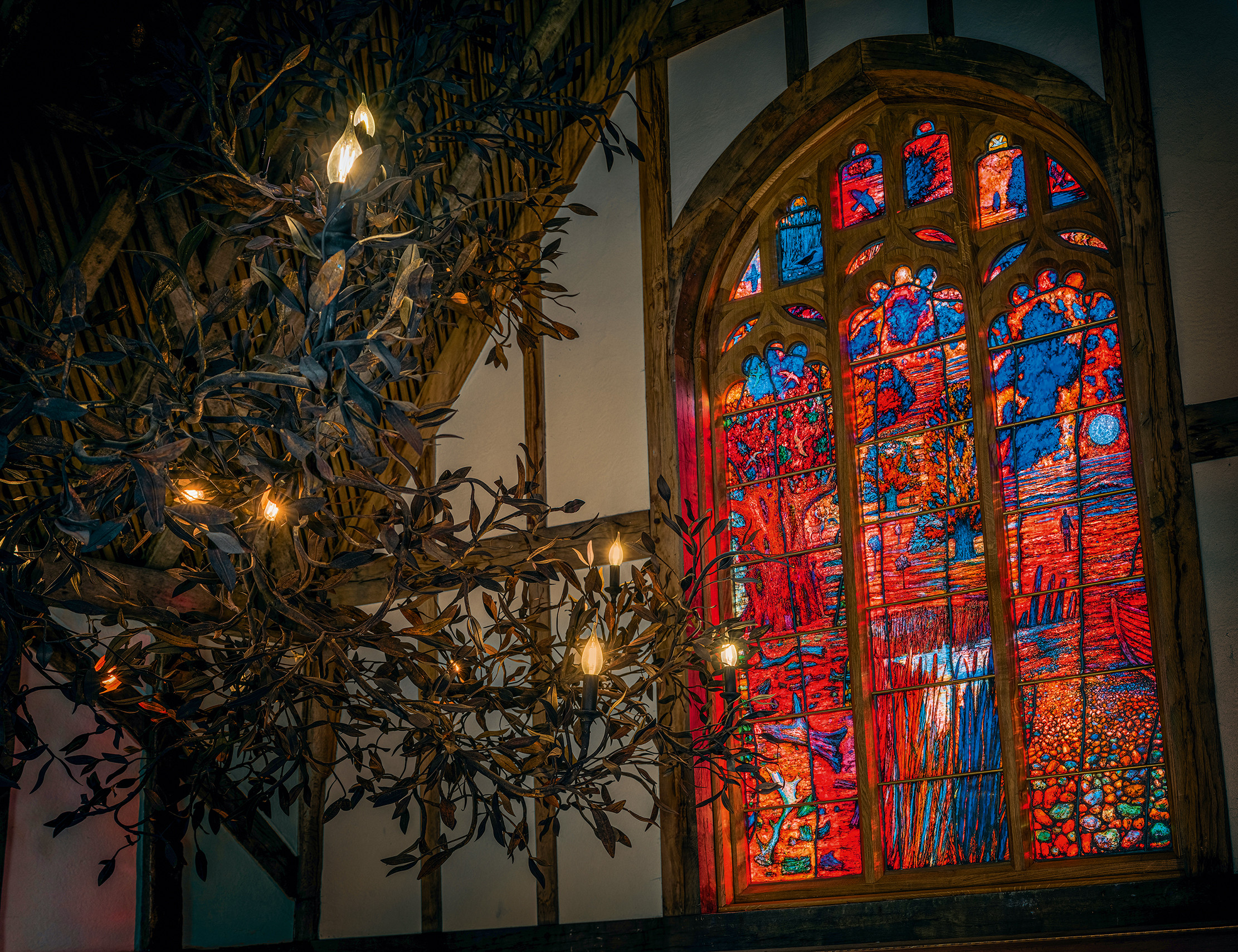
‘What has been exciting about this project is that our work has become part of the architecture of the building, because we design lighting on a similar theme throughout,’ says Mr Cox. With the decorative brickwork and lime plaster, it lends a coherent feel throughout the succession of spaces that are used by those who rent the adjoining accommodation for large gatherings.
Yet again, the combined forces of craft and collaboration have worked wonders in this hidden corner of East Anglia.
The Wilderness Estate Reserve — 01986 802113; www.wildernessreserve.com Shapes by Lolo — www.shapesbylolo.com Cox London — 020–3328 9506; www.coxlondon.com

Credit: www.100handpicked.co.uk
Beyond Pinterest: The best ways to ensure your lovely objects aren't exactly the same as everyone else's
Giles Kime asks whether the the ‘digital pop up’ the answer to the homogeneous home.
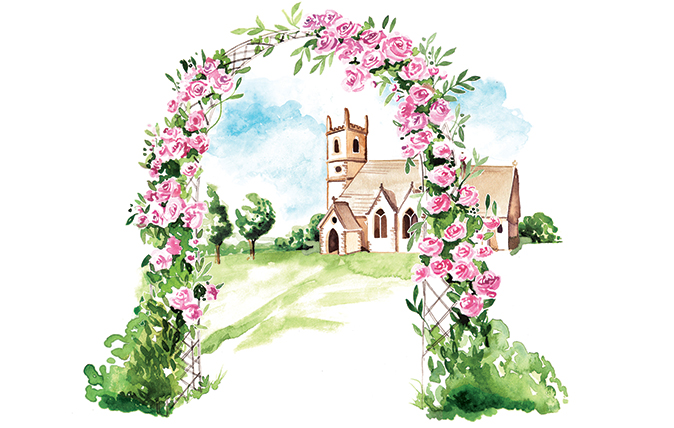
The secret to a good wedding? More sincerity, less triviality
The secret of the classic country wedding is quality over quantity, says Giles Kime
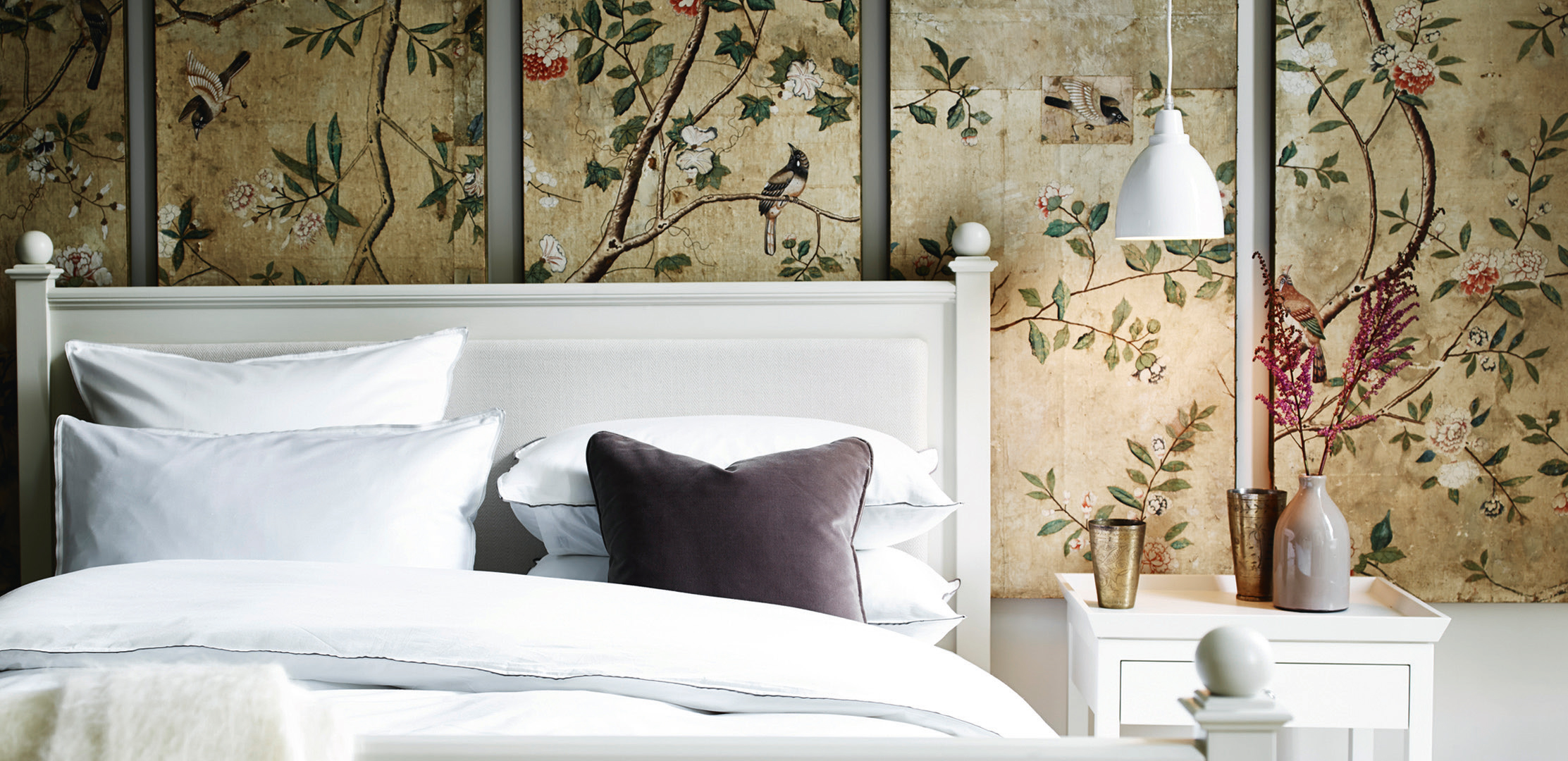
Credit: Rothschild & Bickers
Perfect pendants: Shedding light on why they've taken over from our precious table lamps
Pendant lights are plumbing new depths - Giles Kime finds out why.

The special magic of rattan, the furniture which almost forces you to recline languorously and have fun
A new book extols the virtues of rattan — and Giles Kime is absolutely sold.

